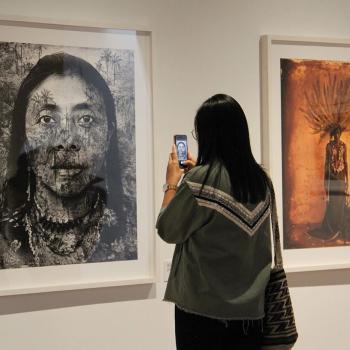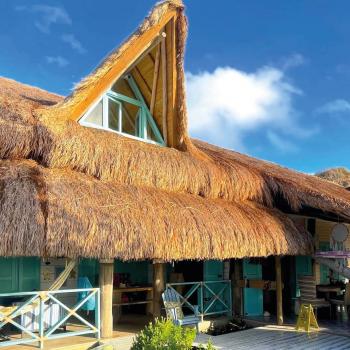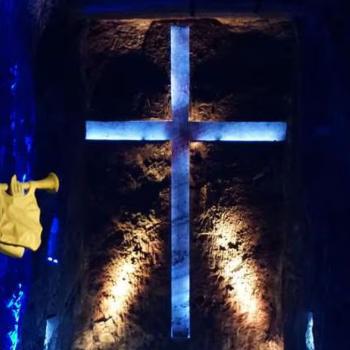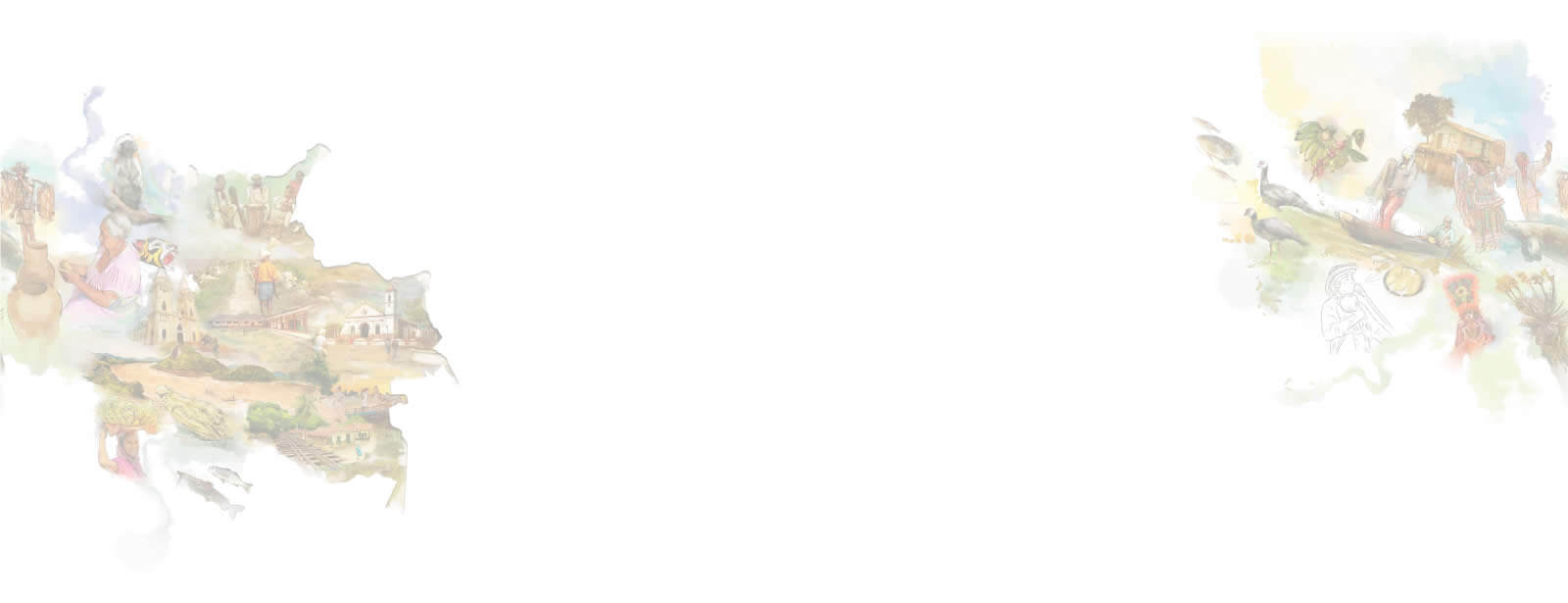Cali is a city that moves. From the rush of the morning traffic up its tree-lined avenues to the pedestrians crossing the painted bridges and cobble stone plazas of the centro, this metropolis is one of Colombia’s great economic engines. It is home to some of the country’s most prestigious companies, drawing on centuries of experience in agriculture and industry.
Blanketed by the green sugar cane fields of the Valle del Cauca department and caressed by the eastern winds of the Pacific, Cali, thrives on a spirit of contradiction.
Foto https://drive.google.com/file/d/1pINYq2KeLUFF1PPZY5ZyvbaqASCUd7-h/view?usp=sharing
the air of a small town populated by quaint residential communities, while reaching upwards with its reflective glass towers and concrete buildings. It is a city, which embraces the modern, without letting go of its colonial past.
Given its strategic location near the port of Buenaventura, Cali was the entry point during much of the last century for many of the goods, which became household items in this country. From the first automobiles which were reassembled here after crossing the ocean, to the arrival of the piano, Cali was the city, which introduced new sounds to Colombia.
You might be interested in: 4 reasons why Cali should be at the top of your vacation list
Today salsa dance in Cali moves millions
https://drive.google.com/file/d/1Cfm_8y4r0ZR2nI5h1Ywy0NOcNsDifmOq/view?usp=sharing
With the ships came the swing and the phonograph, then the wireless and the cha-cha. The recordings of the Big Bands found an audience with the Caleños, as did the mambo and the Caribbean beats of the son cubano. Musical styles flourished in this fertile valley and during the early 1950’s, Cali was embracing the outside world and forging a new musical style of its own: the salsa caleño.
It is an integral part of the city’s cultural patrimony and one of its great attractions. From the ‘old-theques’ or viejotecas where Sunday dancing in a romantic slow-paced style unravels to the melodies of musical greats such as Richie Ray and Bobby Cruz, to the modern salsa dance halls across to the Cauca river - in nearby Juanchito - with its ‘crossover’ rhythms and upbeat salsa caleño, the city is always alive to the sound of music.
From the first automobiles which were reassembled here after crossing the ocean, to the arrival of the piano, Cali was the city, which introduced new sounds to Colombia.
A capital of Salsa dance
”Salsa speaks to the people,” says Carlos Trujillo, the founder of one of the most respected dance academies in Cali. At Rucafé dance lessons start in the morning and continue into the late hours of the night. After having participated in thirty-three international salsa dance congresses, Trujillo has seen Santiago de Cali evolve into the world capital of salsa. “Salsa is the great integrator,” says this professional choreographer and producer of musical shows. “It’s a lifestyle which breaks social barriers”.
As some of the dancers rehearse at Rucafé for the upcoming 2008 World Salsa Festival - which starts on September 11th - Trujillo knows the competition is tough this year. There are more than 7000 professional dancers in the city and every day new dance schools open their doors to cater to the thousands of locals and tourists who want to improve their moves. During seven months, with its intensive course, Rucafé can turn the most awkward salsa dance enthusiast into a smooth sidestepping professional.
You might be interested in: How to make the most out of a weekend in Cali
Cali: where salsa dancers of all ages thrive
“Many of our dancers have gone around the world to teach,” claims Carlos, who is also one of the producers of the new ‘Delirio’. “There is a salsa boom going on right now.” Across town from the Compañia Artistica Rucafé, another academy is helping to form a generation of salseros. More than eighty students - from age six and up - attend the Nueva Dimension Artistic Foundation. It is one of a handful of salsa dancers schools aimed at teaching children the caleño style, which has become known internationally for its fast rhythms and quick steps. As someone who learned to dance in his parent’s house almost five decades ago, Caicedo keeps the musical memory of the city alive by instructing youngsters. “We will never run out of dancers,” he claims, as a group of children take to the floor in a studio surrounded by shelves, on which trophies and medals are exhibited.
The salsa dance experience in Cali is so universal that it is more than just a pleasant pastime. “It’s typical of us to dance” says Dayian Molina, aged 19, of the Swing Latino Academy. “It’s as common for us as food for Europeans”. Founded by four time World Salsa Champion, Luis ‘El Mulato’ Hernandez, Swing Latino has risen from the marginalized ghettos - barrios- to conquer new horizons. After touring with ‘Delirio’ and sending some of his finest dancers to Japan, Canada and Korea, ‘El Mulato’ sees the dance boom as good for business. “If my students don’t learn”, he says, “we should just pack up and go.”
Swing Latino recently opened a dance academy in one of the more exclusive neighborhoods of Cali, Versailles. “Every month I receive foreigners,” says El Mulato about the potential for tourists wanting to learn how to dance. For Cesar Espino from Los Angeles, a dancing holiday at Swing Latino has been a vacation he won’t forget. “I could have gone anywhere,” says this Logistics Manager. “It’s been one of the best trips I ever been on”.
You might be interested in: Visit the treasures behind the charms of Colombia

























